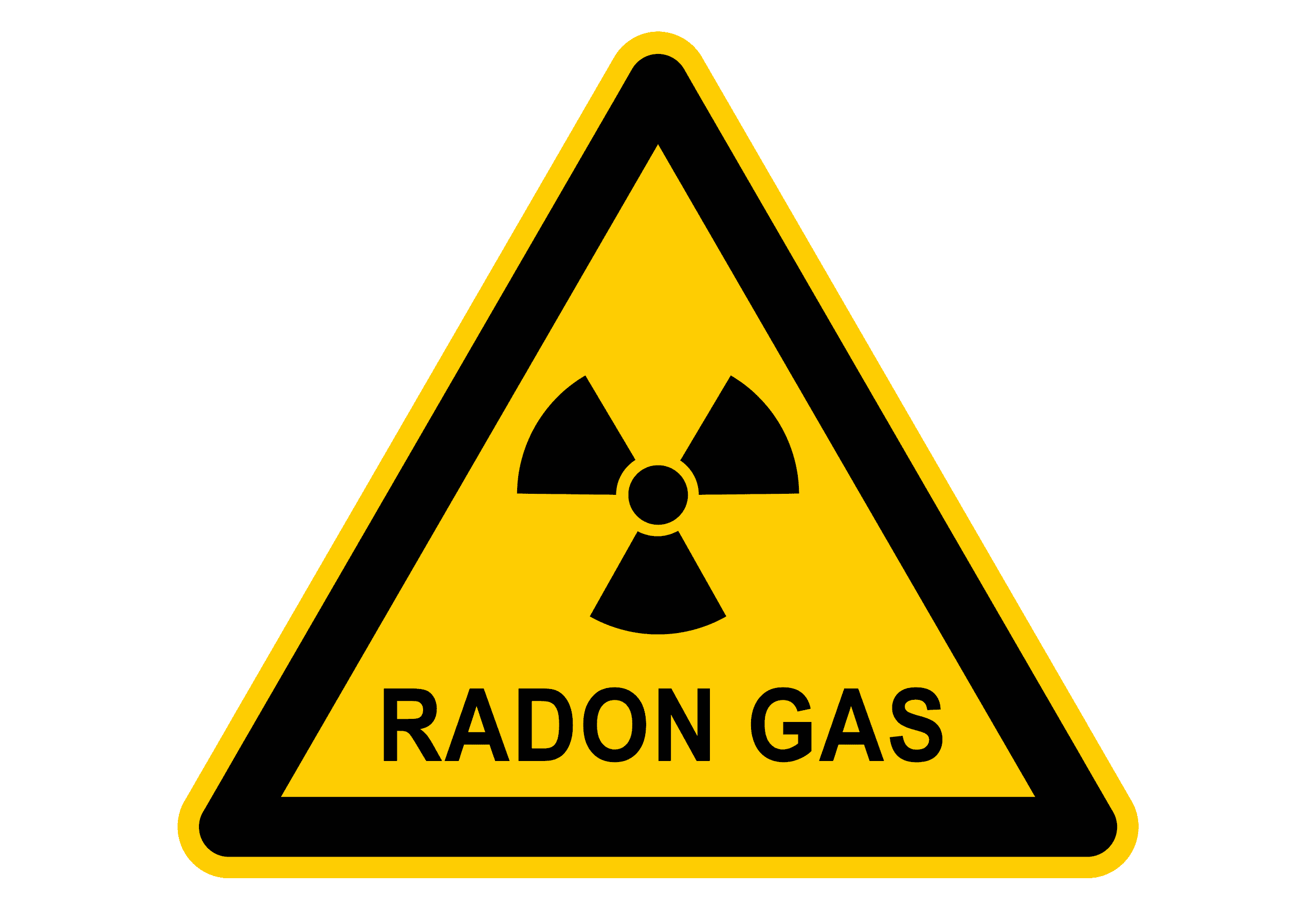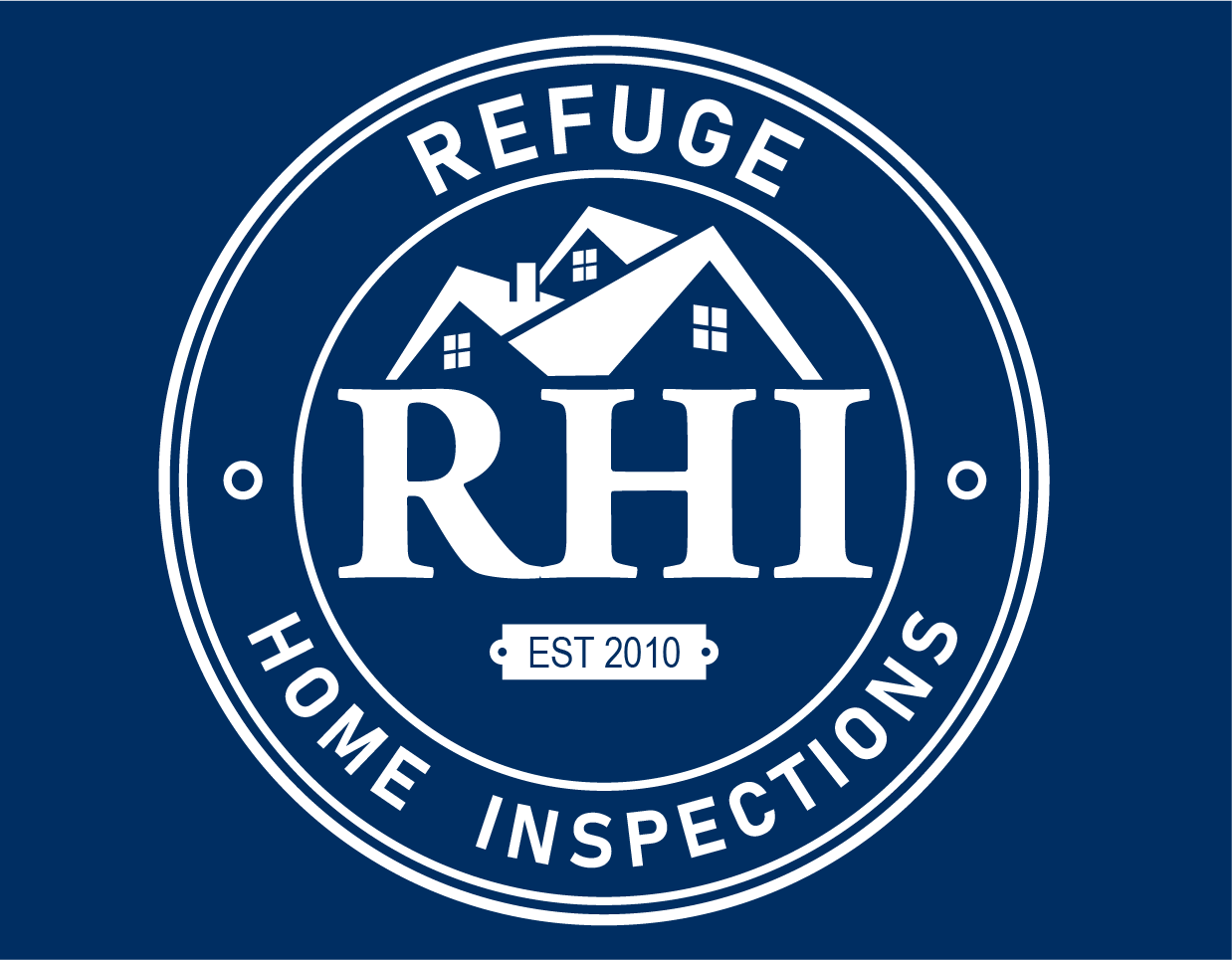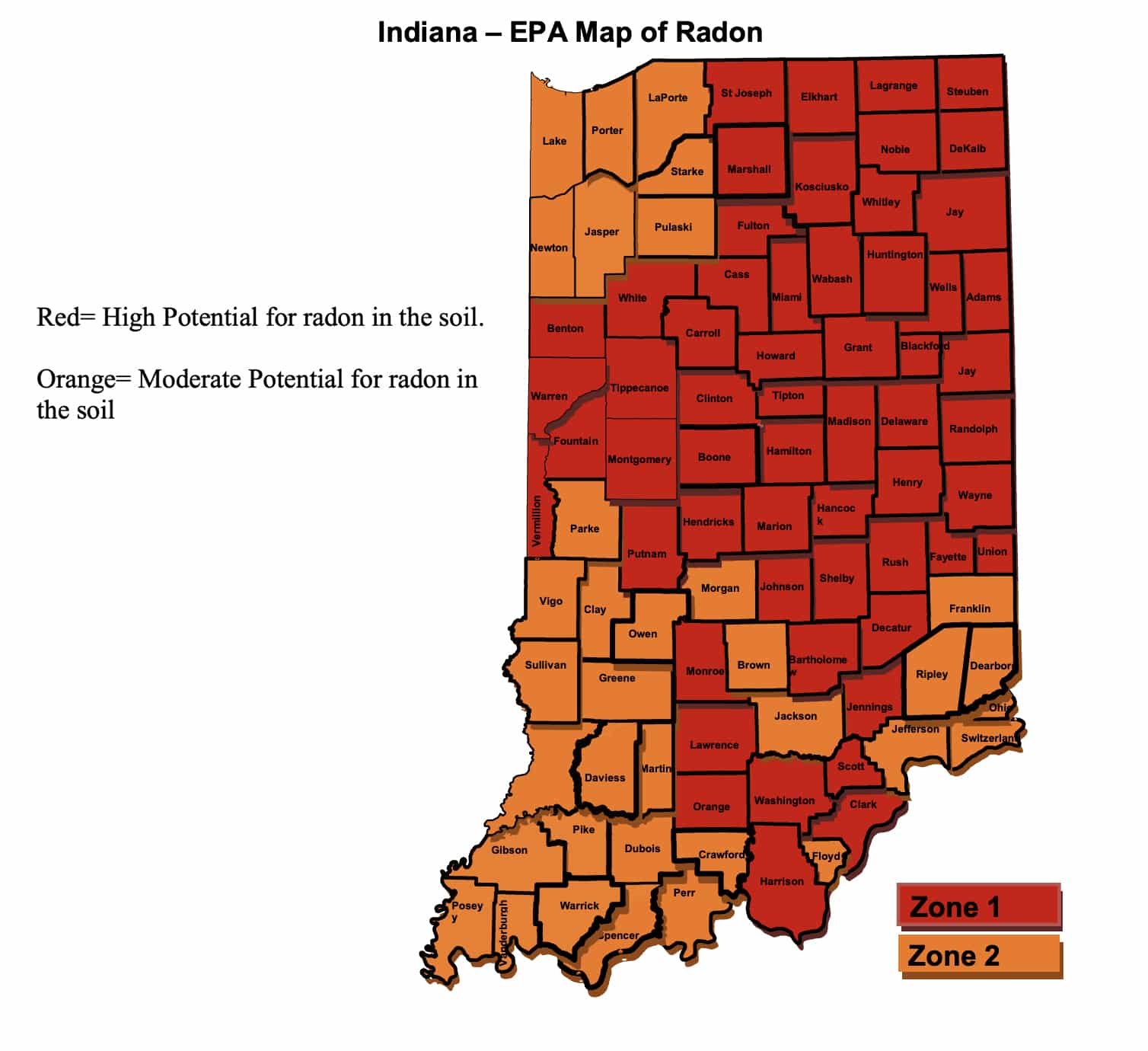
What is Radon?
Radon is a natural radioactive gas that is tasteless, odorless, and colorless. It occurs when uranium, thorium, and radium break down in water, rock, and soil. It is naturally found in almost all types of soil and in the air in small amounts. So, why should you care about radon? Most people do not know that radon is the leading cause of lung cancer deaths in the U.S. for non-smokers. It is also the second leading cause of lung cancer deaths in the U.S. for people who do smoke. Therefore, it is important to know what levels are typically found around your home and what indicators you should identify in your home that elevate your reasons to test for radon.
When should I have my home checked for radon?
The main reason to have your home evaluated for radon is that it can be found anywhere. It can seep into your home through cracks, sumps, joints, basement drains, or other tiny openings in foundations. It is more prevalent in certain areas and 1 in 3 homes in our area have elevated levels of radon. If you do have high and unsafe levels in your home, it can have extremely negative effects on your health. There are some indicators in your home that would warrant a higher reason to have your home evaluated.
The first specific situation for considering radon testing is if you live in or want to buy a newer energy-efficient home. While this is a step forward in energy efficiency and lower bills, it also causes a potential issue with radon capture. Up to 70% of the breathable air in these homes is actually coming from the ground. This is where the radon seeps in and is caught in the air you breathe.
If your home has a poured slab with no vapor barrier, this is an avenue for radon as well. For most homes, adding a vapor barrier during construction has only started to happen in the last few years. Because the concrete is porous, the radon can seep through any openings or cracks more easily.
The third reason for testing is if you have any open interior drainage in your home. This opening allows the radon gases to enter the home more easily. Items such as an open sump pump pit or added trench drains are common sources for radon entry.
If you have a conditioned crawl space, radon can be captured in that opening too. When a crawl space is conditioned, it does not have open vents that allow air to flow out from under the house. The HVAC ductwork is also open to the crawl space and will easily allow gases into the house as well.
Finally, well water is a source for radon. A well is an open cavern for gases to be trapped. These gases leech into the water giving it a radon level. This is an obvious issue as the well water is usually the source for water consumption and bathing. RHI recommends getting a well water test in this situation.
How will RHI evaluate my home for radon?
RHI will use a continuous radon monitor on the lowest level of the home that can be occupied. It will run continuously for at least 48 hours. The windows of the home should remain closed and any fans that could bring outdoor air in should not be used during the testing period. Once the testing is complete, your inspector will create a report for you to show the results. If results show the radon levels are below 4pCi/L, then levels are considered safe, and your inspector would not recommend any further action at this time. If the radon levels show higher than 4 pCi/L at the time of testing, then you should look at your options for reducing or mitigating the radon in the home.

